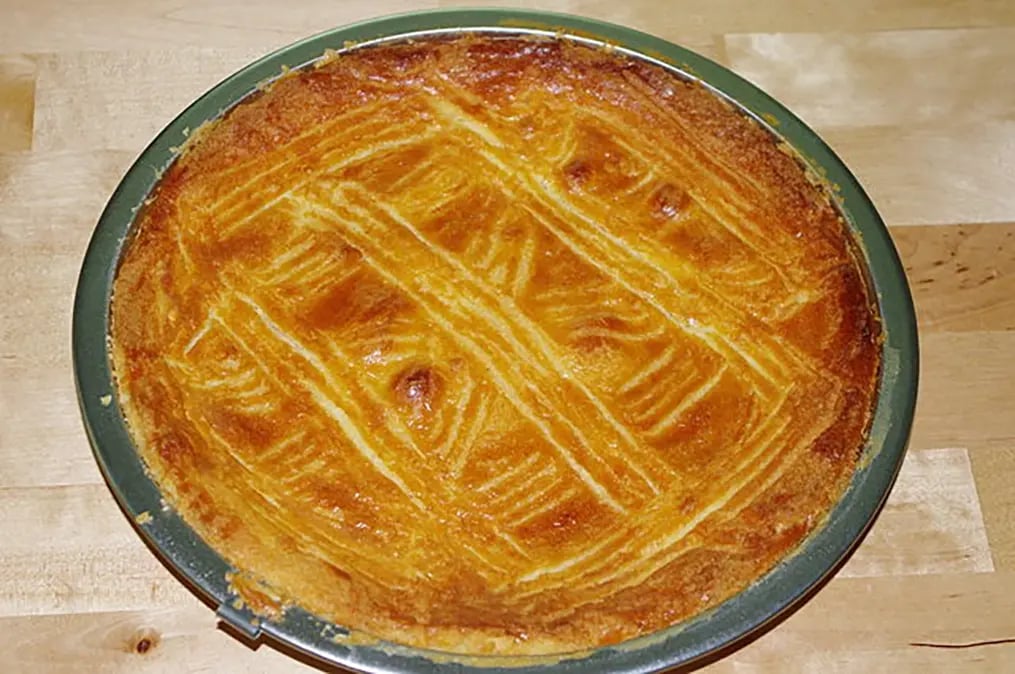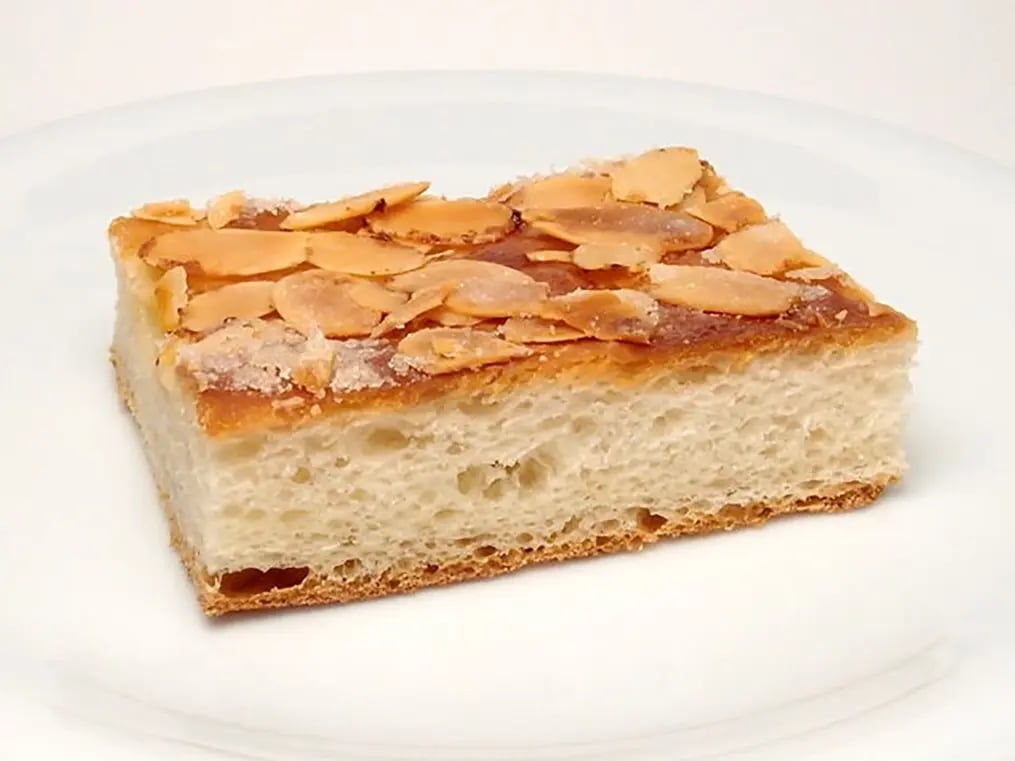The simplest cake sweets once made in Europe that slowly started using butter generously that resulted in mostly airy and moist cakes perfect for a light snack or during tea or coffee breaks.

cake sweets have evolved ever since the first one that was baked in Europe in the mid-1700s with minimal ingredients and despite the fanciful additions here are some cakes, big or small that are still baked the same with minimal ingredients and with the golden ingredient butter, using plenty of it to make a moist, spongy and fluffy cake.
1. Boterkoek

It's a Dutch cake that is made with butter, flour, eggs, sugar and vanilla extract. The dough of this butter cake is sticky to which almond extract, almond pieces and lemon zest can be added to add more flavour. The top of the batter is brushed with beaten eggs right before baking with a criss-cross pattern on top that is baked until golden. The cake is cut into wedges or squares and eaten with a cup of coffee in the Netherlands.
2. Kouign-amann

A French butter cake that is also referred to as a sweet pastry or viennoiserie, Kouign-amann was first made in the 1800s in the Bretagne region of France, and the name comes from the two Breton words – “amann” meaning butter “kouign” meaning cake. The cake is made with layers of buttered dough with sugar and the locals call it the “fattiest pastry in the world” due to the large amount of butter and sugar used resulting in a flaky texture. There is no concrete evidence as to who might've invented this French pastry, but it is said that a baker in the 1800s in Douarnenez, from where the cake is, had a mess of a dough on his hands and to salvage it he added butter and sugar to create the Kouign-amann.
3. Pound Cake
A classic British cake it's named because, at the time of its making, it used 1 pound each of flour, butter, sugar, and eggs resulting in a big cake with a dense texture. It doesn’t use any leavening agent but it's still fluffy because the air is whipped into the batter while making it. It was first made in the 1700s and the simple recipe made it easy, for people who couldn’t read, to remember it. A century later, the ingredients no longer stick to equal quantities of a pound each and are adjusted to make the best use of the ingredients to make a fluffier, buttery and airy cake that is smaller in size. Leaveners like baking soda or powder started being used to reduce the manual labour of whipping in the air into the batter too. Today chocolate or orange zest are also used to favour the cake that is good to eat alongside tea.
4. German Butter Cake
Contrary to what it might seem, this butter cake didn't originate in Germany but in Philadelphia which is why it's also known as the Philadelphia Butter Cake. This cake is sweet and buttery with a crisp topping and edges with an almost oozing butter core. The crust is made with yeast, milk, flour, butter, sugar, eggs, and salt and this forms a dough that is pressed into a greased pan to which a butter-vanilla mixture is poured into the crust. It is cut into slices and enjoyed with a cup of coffee on the side
5. Butterkuchen

This one is from Germany, unlike the one above and is made with flour, sugar, butter, yeast and milk to form a dough. It is typically enjoyed with a cup of coffee and you will find it at most German weddings and funerals. The dough is rolled to flatten and thin out and poked all over and those holes are filled with butter and then sprinkled with vanilla sugar and sliced almonds, and the cake is then baked; you’ll find this butter cake in most German bakeries.
6. Gooey Butter Cake

A rich cake from Missouri’s St Louis city, this cake was made by the German bakers in the area, living in the Southern part of the city. This cake is flat and is made using wheat flour, butter, sugar, and eggs; this makes the cake dense, sweet and firm, similar to a brownie. Once baked, the cake is garnished with powdered sugar and raspberries. It was made by a baker in the 1930s who goofed up the ratios of the ingredients and added too much butter, shortening, and sugar during the Great Depression. Since resources were scarce, the baker sold the gooey and sticky cake to customers who loved it. The modern iterations of this cake use cream cheese, cherries and even pineapple and can be found elsewhere in the US, but the authentic one is only found in St Louis.
Like This Article?
More Like This




Popular Articles





Trending Web Stories
Curated Recipes


















